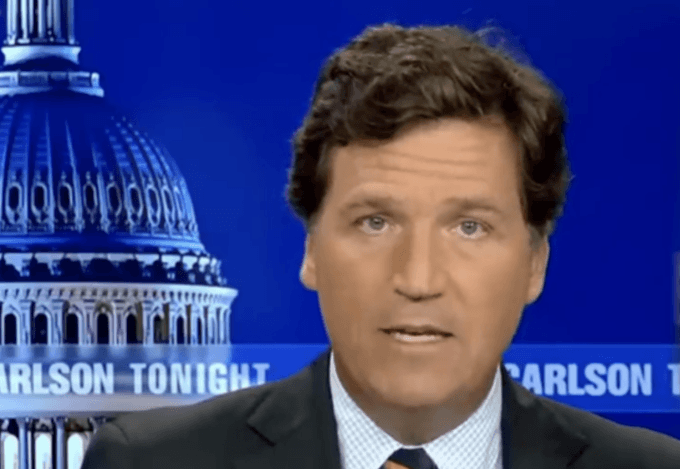NOVANEWS
While Obama promises to frame his speech around the “things we need to do over the years to come,” he will use his bully pulpit to focus on his record of achievements (especially those related to the environment and trade) and push for further restrictions on gun ownership.
With the 2016 Presidential Election fast approaching, this is one of the final chances the White House will have to give a boost to the Democratic voters following the beating they took in the 2012 mid-term elections. The message sent then, even by traditionally Democratic states which elected conservative representatives, was of a broad loss of faith in “hope and change.”
For the Democratic party, it is imperative to regain those votes. It is from this priority that the President will paint a decisively positive economic picture during his upcoming speech. He hopes that by pointing to a falling unemployment rates, economic growth and higher confidence levels; it will give voters a sense of confidence in the President’s accomplishments.
The question is whether the majority of the voting public will agree with the President’s message?
Before the President takes to the podium with his bullish optimism, he might want to consider the following charts.
Employment
The President will address the recent employment report and point to a 5.0% unemployment rate as evidence that the economy “is back.” While the current Bureau of Labor Statistics employment reports do currently show the unemployment rate at 5.0%, that number is obfuscated by the more than 93 million workers that are currently not counted as part of the labor force.
As I have discussed many times previously, when it comes to economic strength it is full-time labor that leads to household formation and higher consumption.
Furthermore, the rate of employment must be faster than the rate of population growth, otherwise, you are just treading water. The chart below shows the amount of full-time labor as a ratio of the working age population.
The annual rate of change in personal incomes has been on a decline since the turn of the century. This is a function of both the structural shift in employment (higher productivity = less employment and lower wage growth) and the drive to increase corporate profitability in the midst of weaker consumption.
The chart below shows the disparity between corporate profits and employment and wages.
Of course, the issue of declining incomes and rising “income inequality” is really best shown by the level of social benefits as a percentage of disposable incomes today. Today, roughly 1-in-3 households receive some form of government assistance.
When it comes to the economy, it is home ownership that is the reflection of economic well-being. Since 2009, the government has poured trillions of taxpayer dollars into the housing market to try and increase activity. The effect of those injections has been marginal to say the least.
Defining The State Of The Union
While the President will do his best to put a positive spin on the current economic environment, and the success of his policies, when he gives his“State of the Union” address, it would be worth remembering whom he is actually addressing.
It is also worth considering that much of this is likely the reason that Donald Trump is surging in Conservative polling.
As with all things – it is the lens from which you view the world that defines what you see. For Wall Street, things could not be better. For Main Street, most everything could be better. The President has a lot of “convincing” to do if he expects to change voter’s attitudes between now and the 2016 Presidential election.
















